

Land of the Thunder Dragon
Located between the powerful nations China and India one has to look closely to find the small Buddhist Kingdom of Bhutan on the map. In Dzongkha, the official language of Bhutan, the country is called Druk Yul, which means Land of the thunder Dragon. Despite the small size and a population of only 800.000 people the country has a lot to offer.
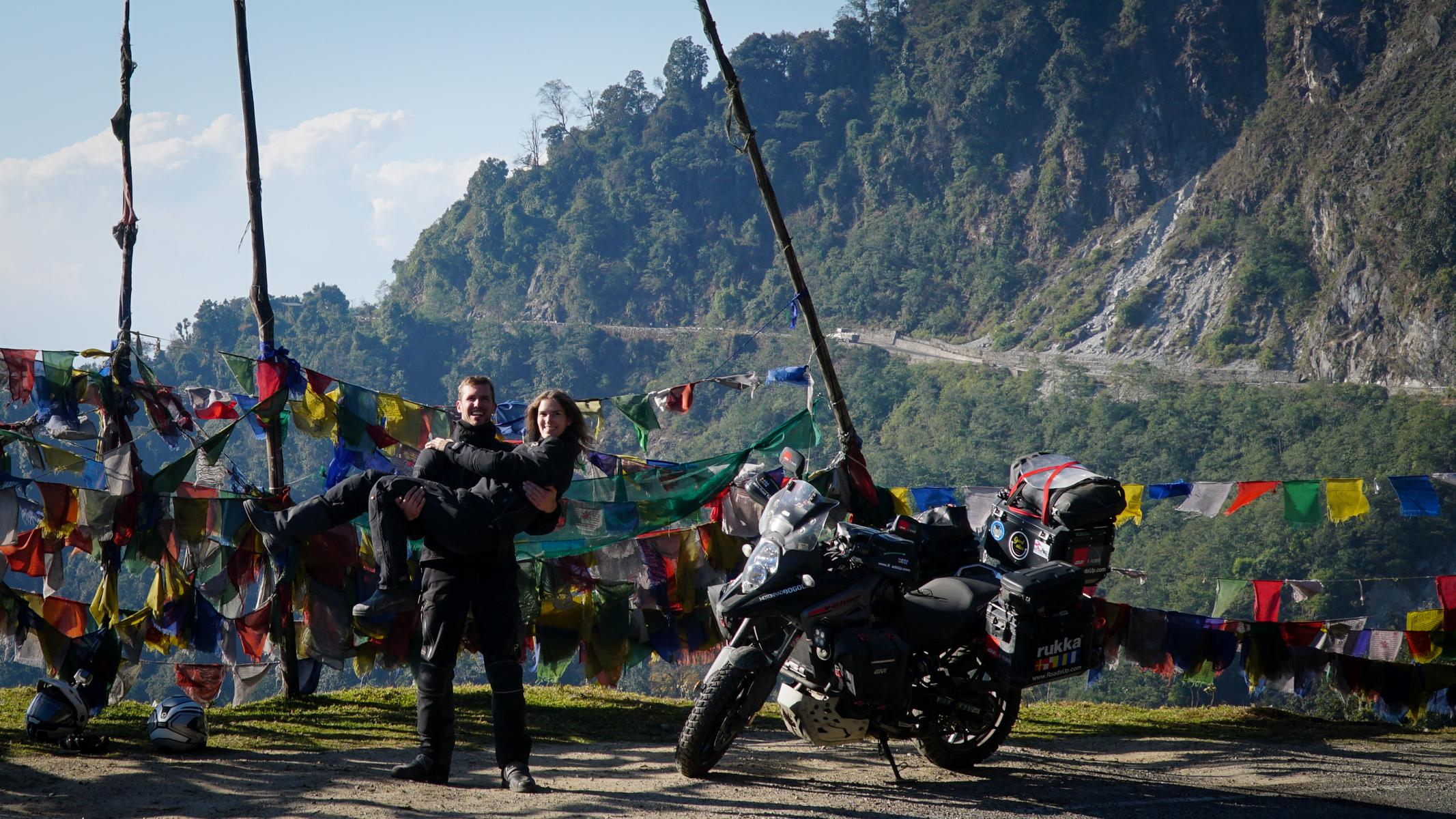
In pursuit of happiness
Instead of measuring progress by material development like other countries in the world Bhutan has a different approach. Bhutan calculates the Gross National Happiness instead of the Gross Domestic Product. People believe that the key to happiness is not only material wealth but also living a spiritual life in a working environment.
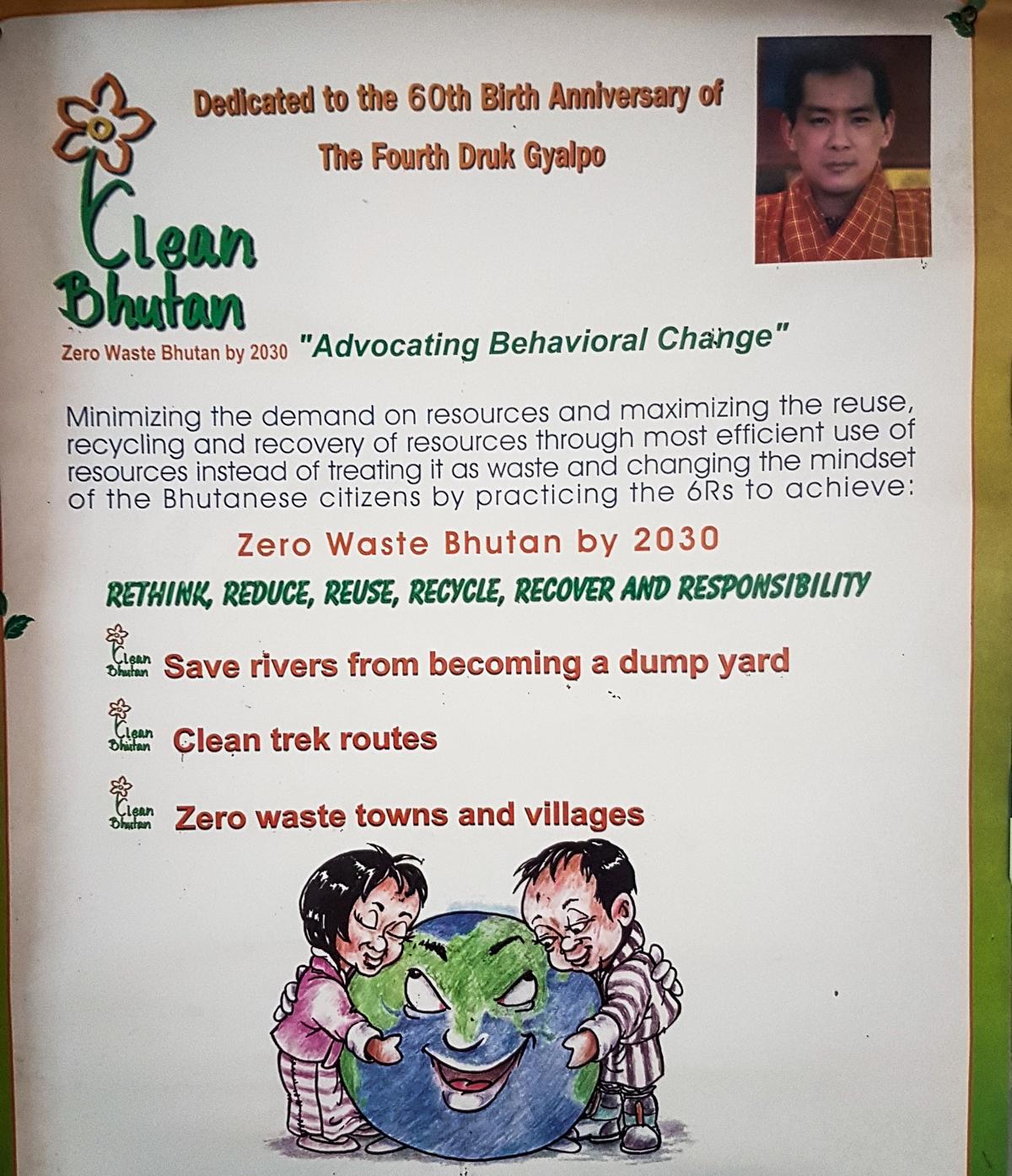
Entering Bhutan is a challenge as there are many regulations. The number of tourists is limited. A certified tour guide who shows you around the country is obligatory. On the one hand travelling Bhutan is very expensive. On the other hand it includes everything: accommodation, food and tour guide is already paid for.
Preparations for entering with our own motorcycle
Reading more and more about Bhutan and the culture made us very curious about the country. We debated long whether we should spend so much money for a few days. In the end we decided to enter the country but only if it was possible with our Suzuki V-Strom. The decision was one of the more spontaneous ones so we started writing to agencies just a few weeks in advance if it was possible to enter with our own vehicle. Sonam from A Bucket List Adventure (see Info-Box) answered immediately and told us, yes, it would be possible. He could organize a permit for us. After sending him all the documents (see Info-Box) and paid for our stay (he didn`t charge any extra costs for getting the permit for us) we were ready to enter the country.
Day 1: Entering the Himalayan Kingdom
Waking up early in the morning in Jaigaon, a typical Indian border town with lots of crazy traffic, we first had to officially exit India before entering Bhutan. We soon found the immigration office where we got the exit stamps in our passports. To officially export our motorcycle, we also had to visit the customs office. Due to the Indian traffic where cars, cows, tuk tuks and cars all stand on the road making as much sound as possible, it took us longer than expected to reach the nearby customs office. Once we got our carnet de passages stamped, we were ready to enter Bhutan.
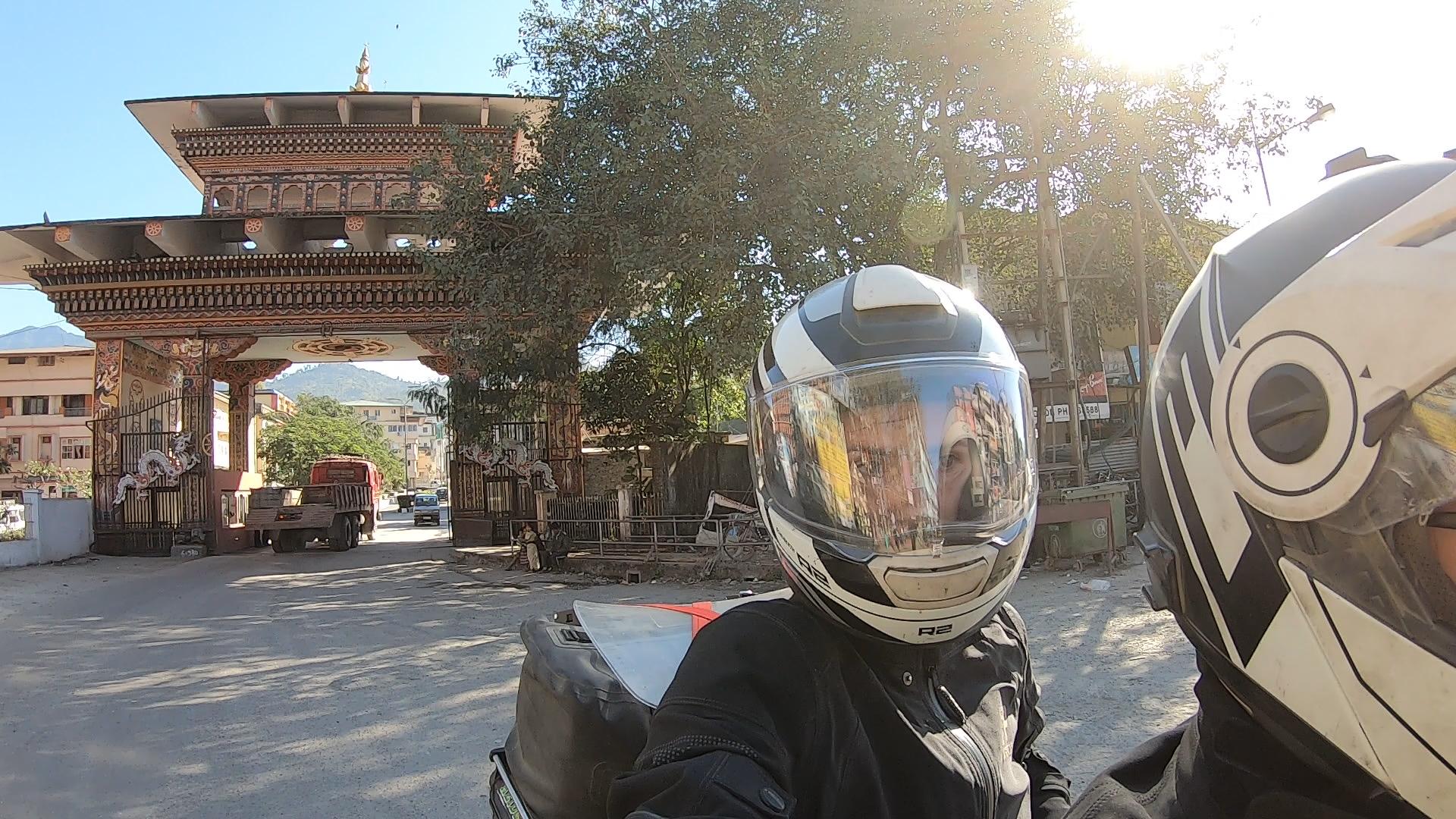
We had no idea what to expect when we entered the country through the beautiful Bhutan gate. The first thing we noticed was that the traffic was very organized. Coming from India we were amazed that no one blew the horn and cars parked in the marked spaces on the street.
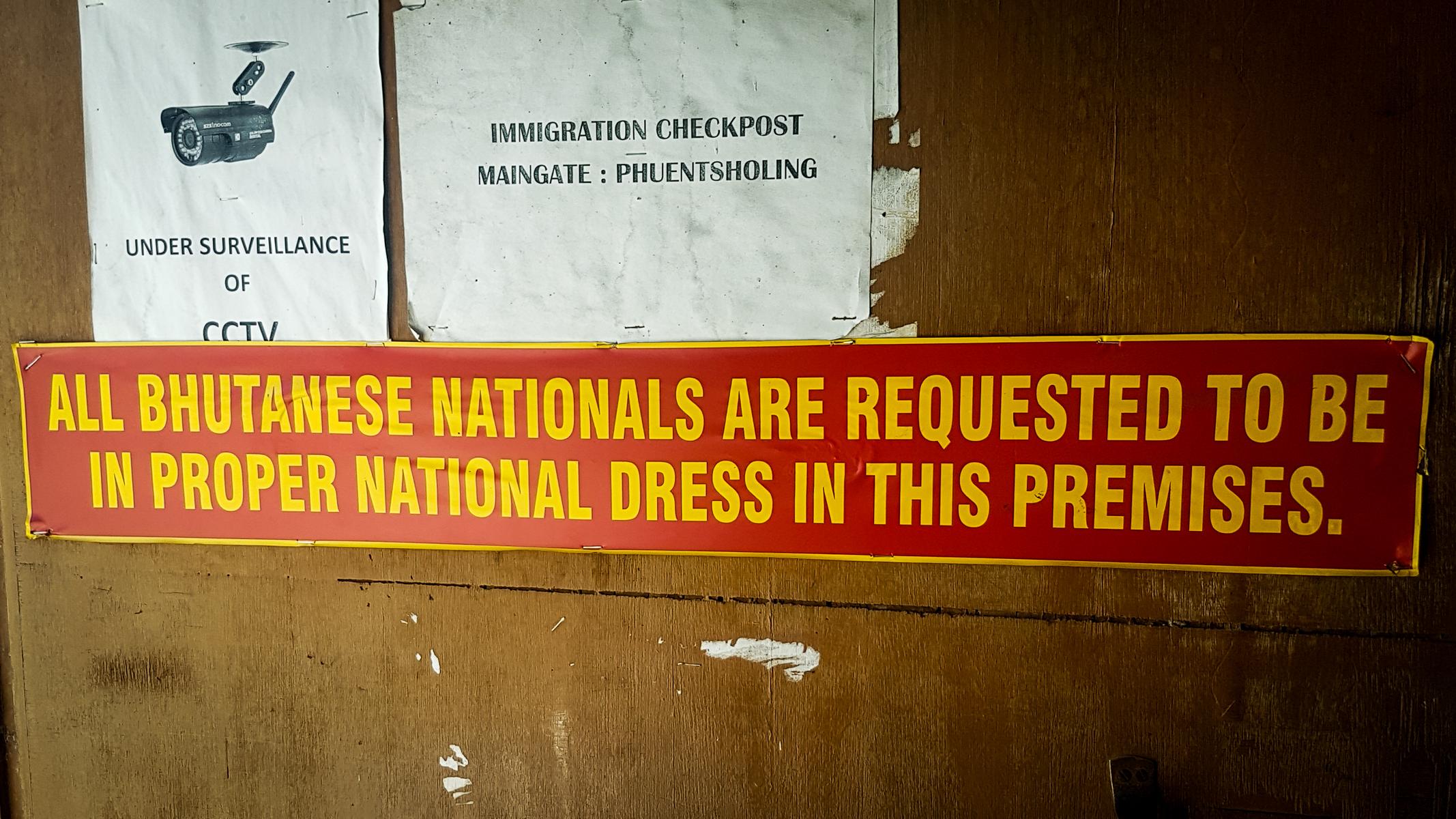

Our guide Nima already waited for us at the border and showed us the immigration office where they quickly stamped our passports. Bhutanese people are only allowed to enter the office wearing traditional clothes. Afterwards we also had to register the bike at the Road Safety and Transport Authority short RSTA (see on Google Maps). They didn`t ask for a carnet de passage.

Our first stop was at Karbandi monastery located on a hill in Phuentsholing. The view down to India was amazing.

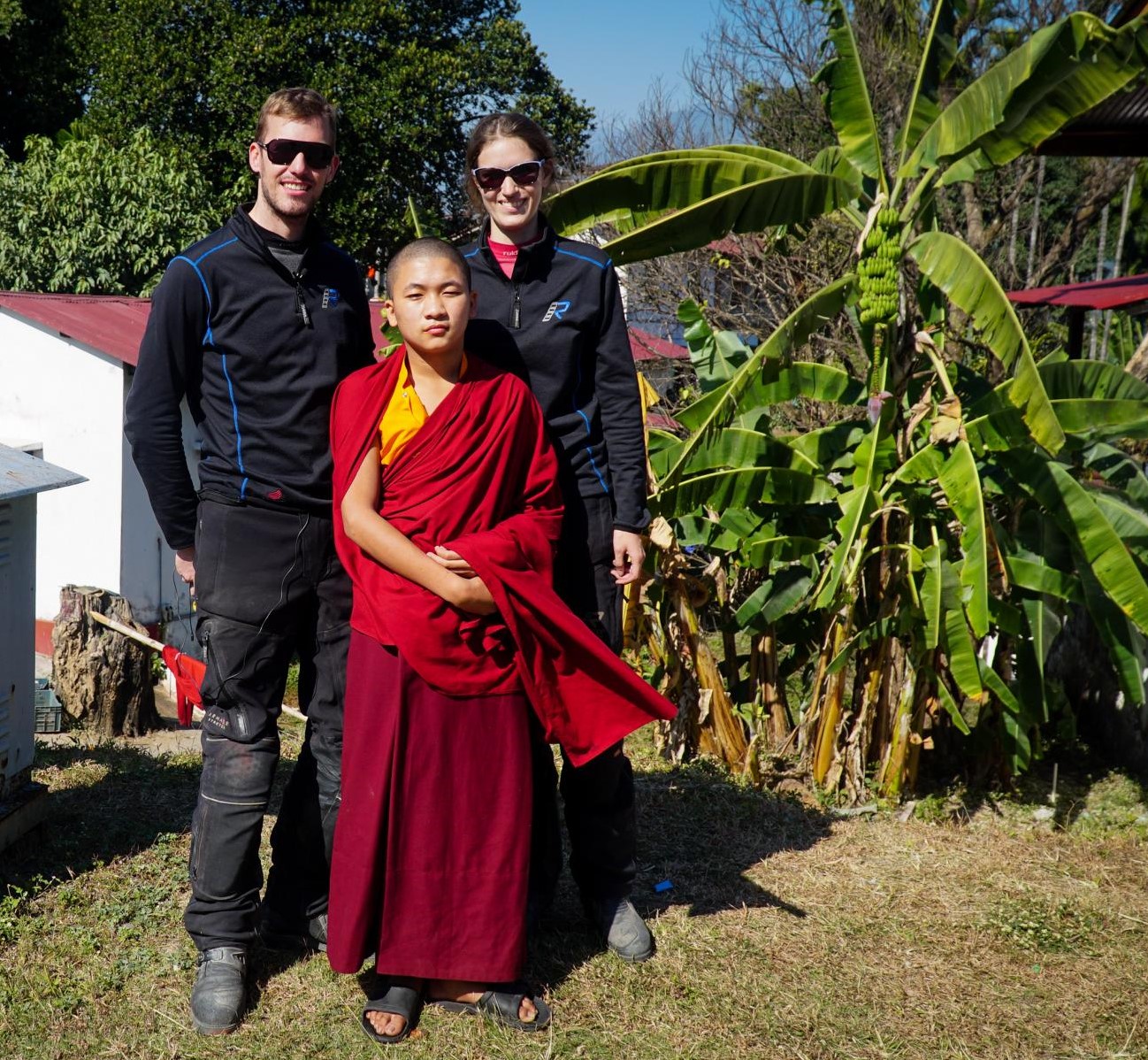
Bhutan is often referred to as the Kingdom in the clouds. With more than 80 % of the country located above 2.000 meters altitude, riding with a motorcycle along the serpentines on nearly empty roads on perfect asphalt exceeded our expectations.

The guide let us go alone so we could ride in our own speed an enjoy the windy roads. A few hours later we arrived in Thimphu, the capital of Bhutan. Until then we didn`t see a single traffic light anywhere. Nima, our guide, explained to us that Bhutan was probably the only country in the world without traffic lights. We also learned that 75 % of the country is forest and that hydropower is the main source of income.
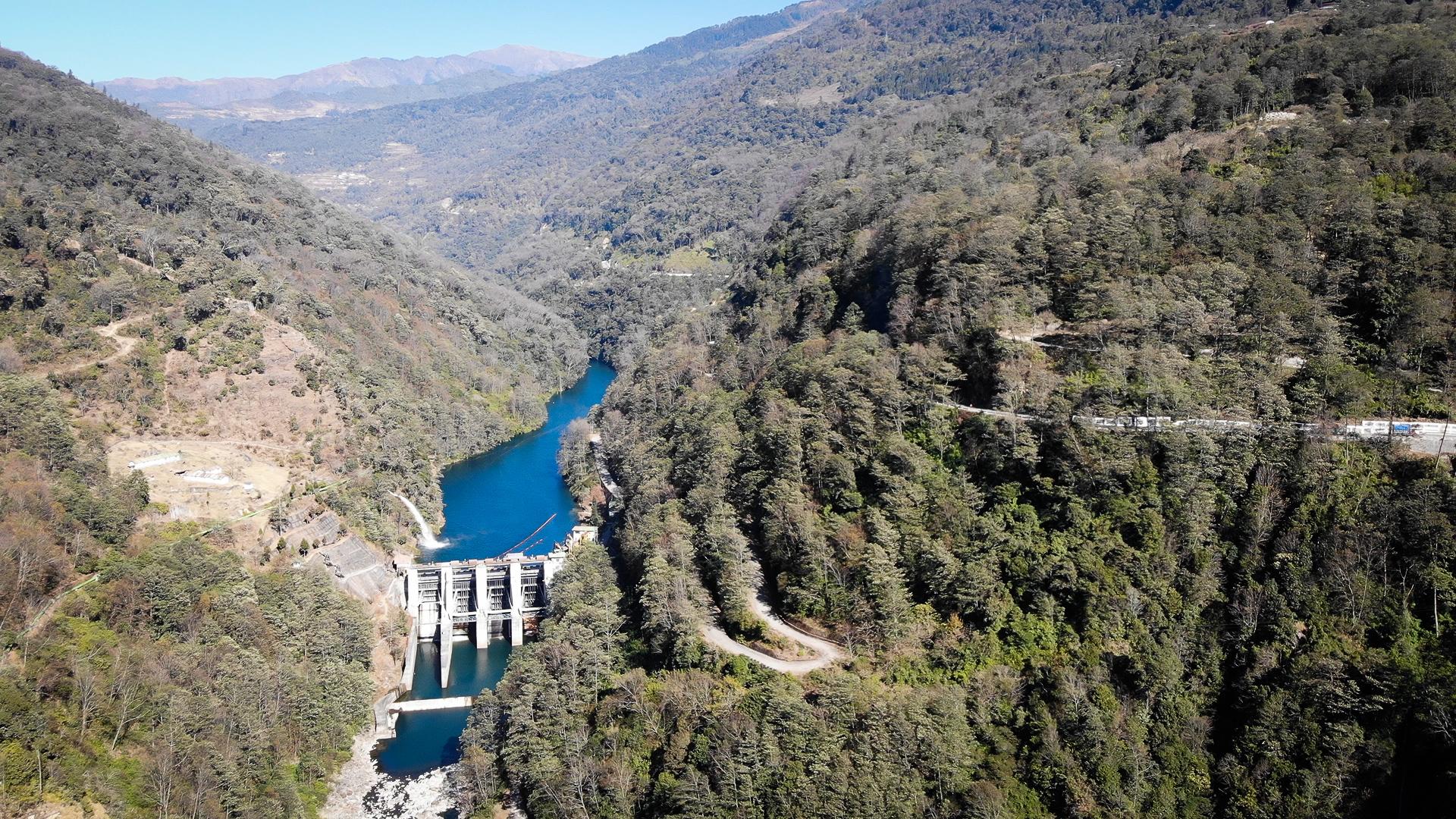
In the night Nima showed us a viewpoint on a hill where we could see a beautifully illuminated dzong, a Buddhist fortress-monastery. In the past the dzong protected the inhabitants from the enemies. Nowadays it is an administrative center as well as a monastery.
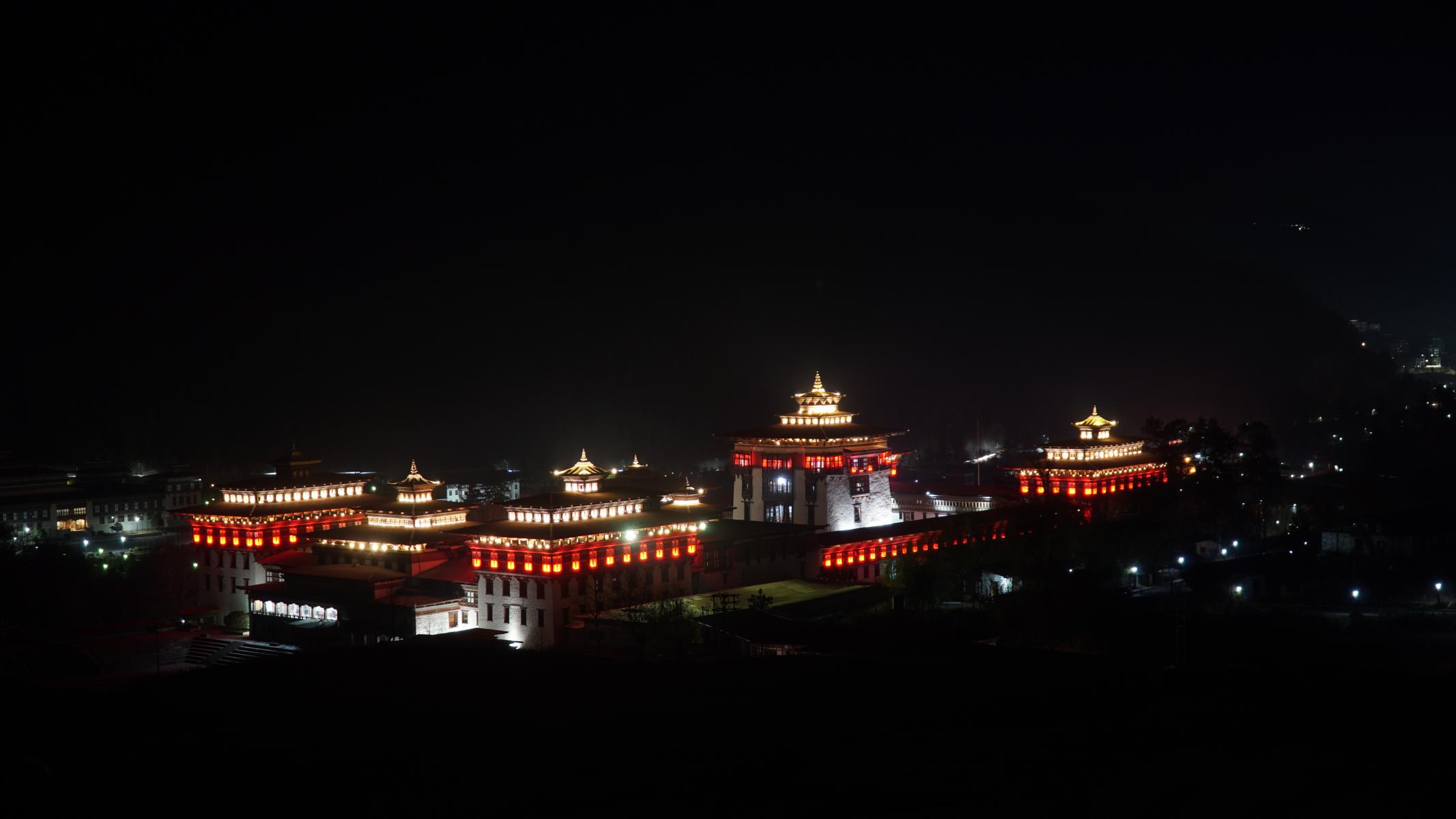
Day 2: Dancing on the roof of the world
The next day started freezing cold but perfectly clear and sunny. After a good breakfast we went to Dochu-La pass to visit the annual Dochula Druk Wangyel Festival. At an elevation of 3.100 meters the breathtaking view over the Himalaya mountain ranges let us forget the freezing temperatures. On top of the pass 108 stupas were built in memorial to the soldiers who died 2003 in a war against Assamese insurgents from India.
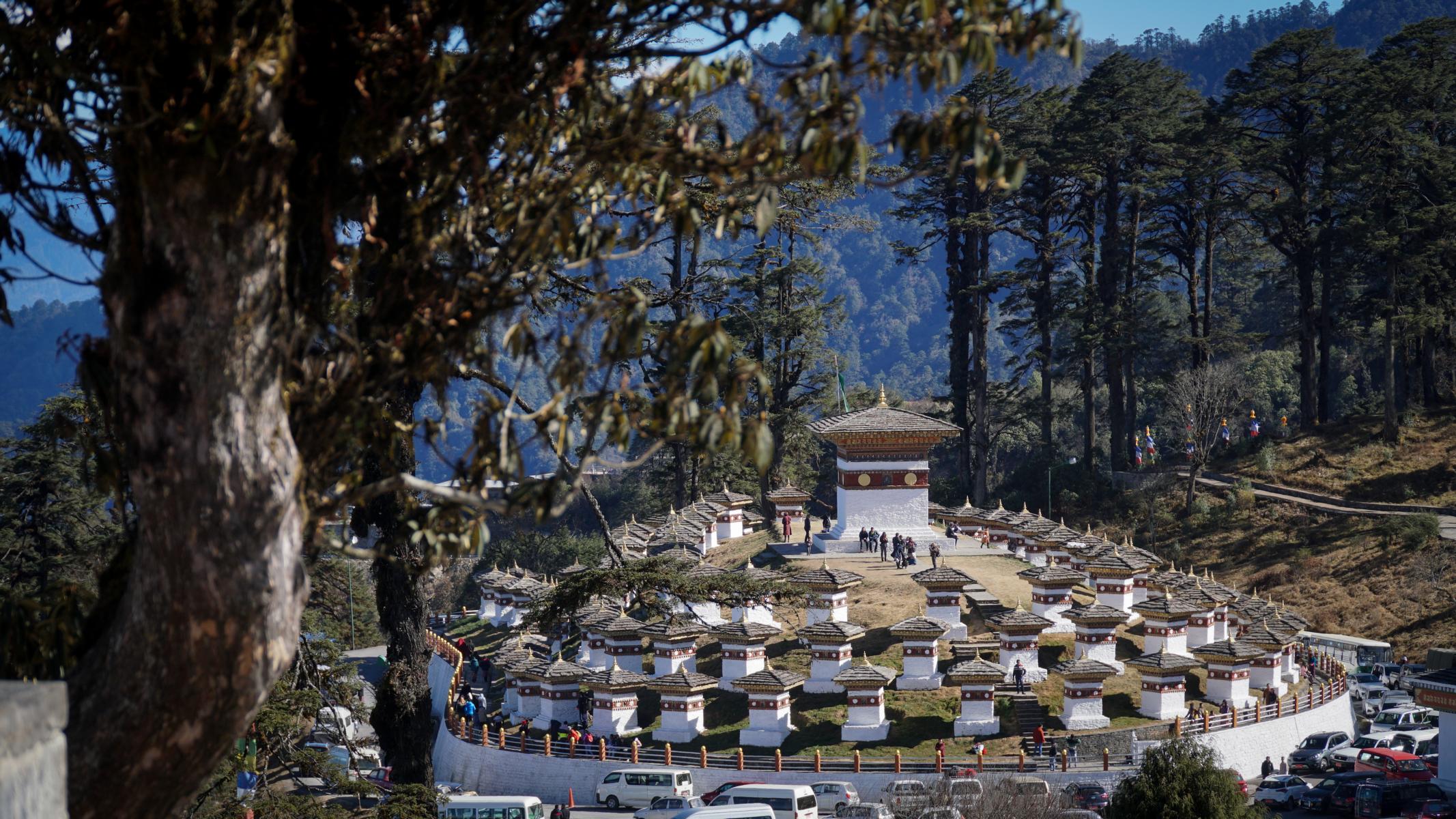
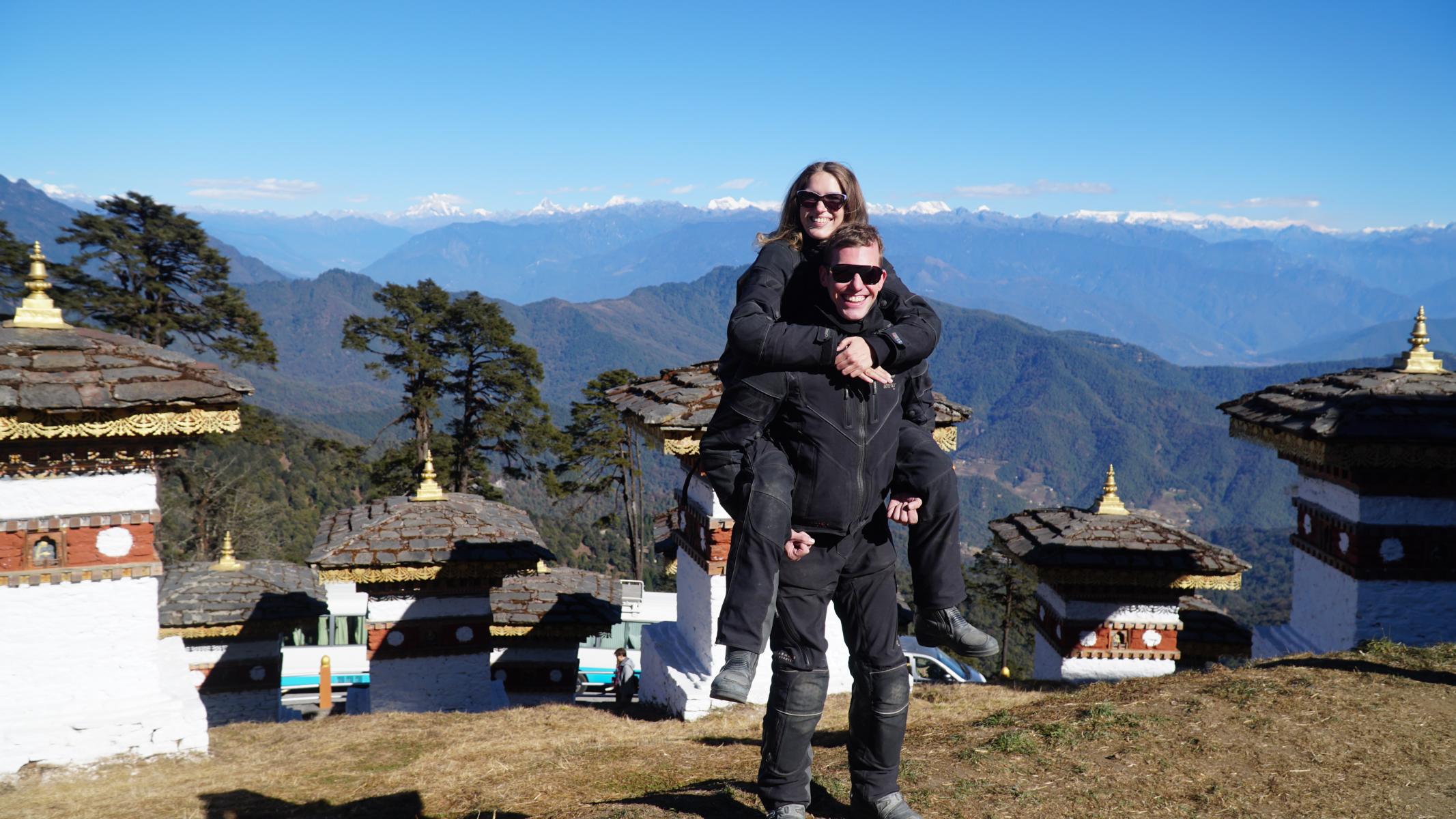
We were also lucky to visit the Druk Wangyel festival, that takes place once a year at Dochula pass. Soldiers of the Royal Bhutan Army are performing masked dances. It honors the King but also celebrates the efforts to protect the sovereignty of the country. Seeing the masked people dancing to mystical drum music in front of the spectacular mountain ranges was truly amazing. Bhutanese families sat in the grass enjoying the view.
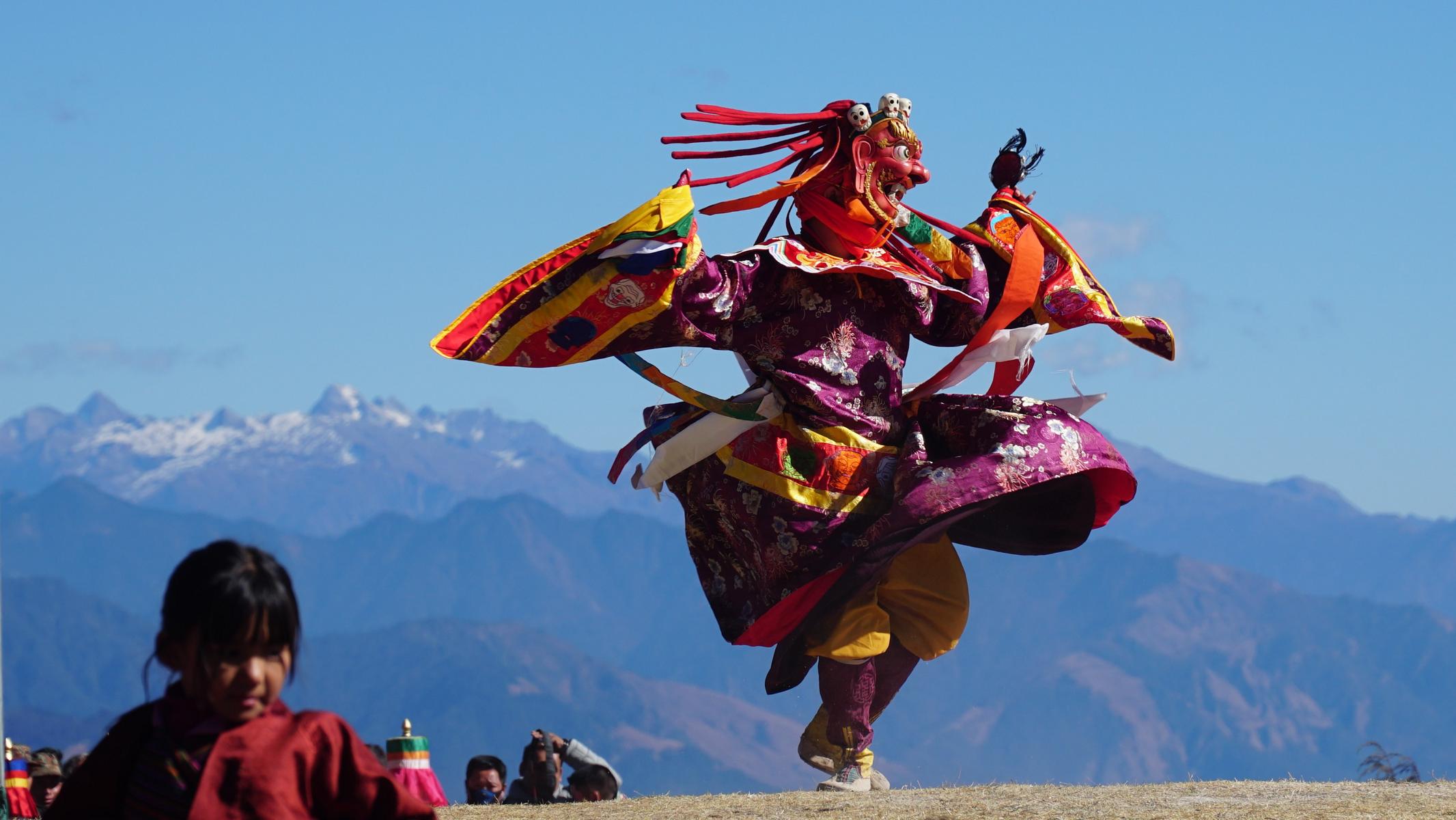
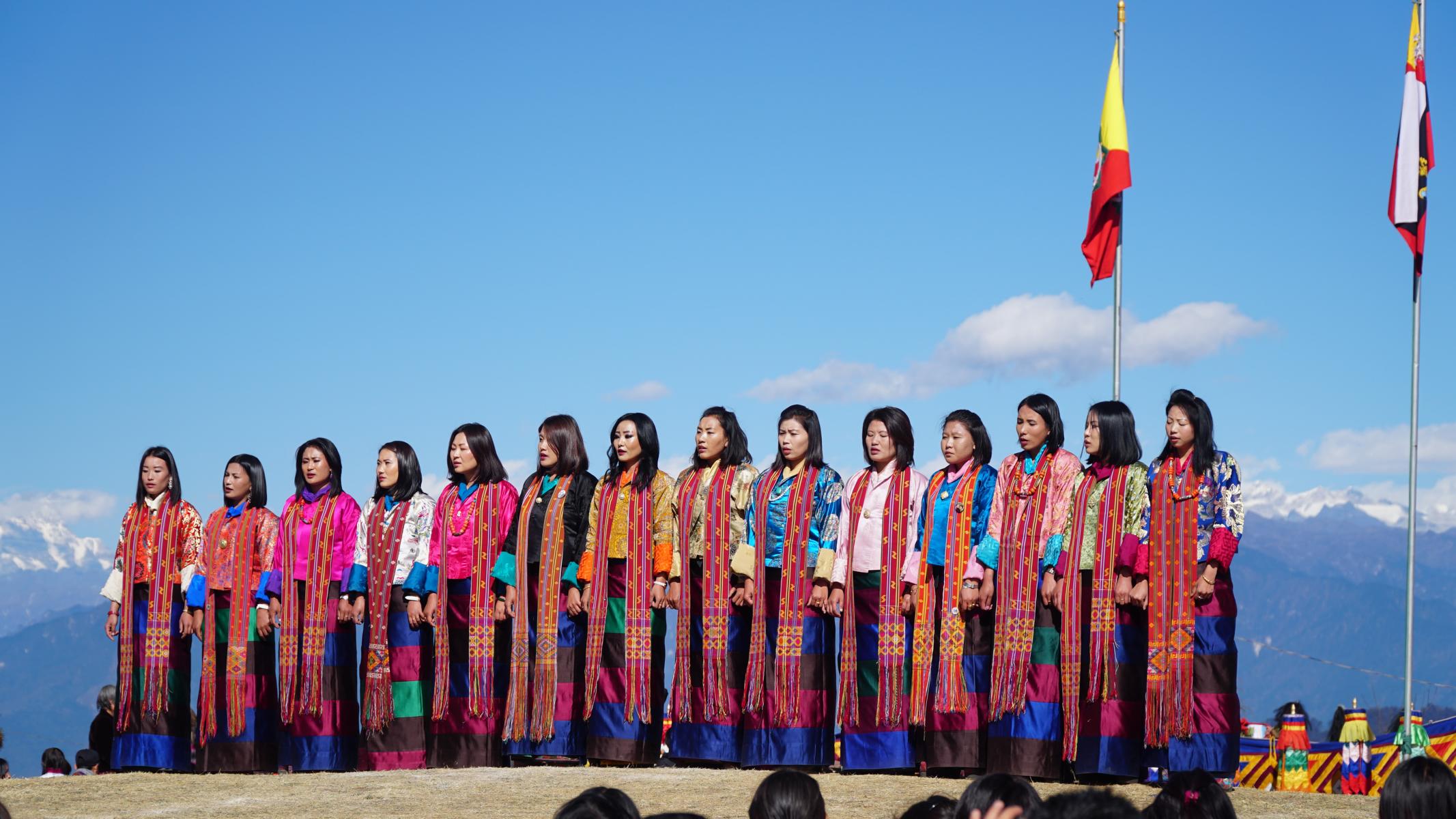
In the afternoon we went to visit the Punakha-Dzong, one of the oldest and biggest dzongs of the country. Built in the 17th century it protected the people against Tibetan invaders. Nowadays it is the administrative center of the region. In 2011 the royal wedding of King Jigme Khesar Namgyel Wangchuck and Jetsun Pema took place in the dzong.
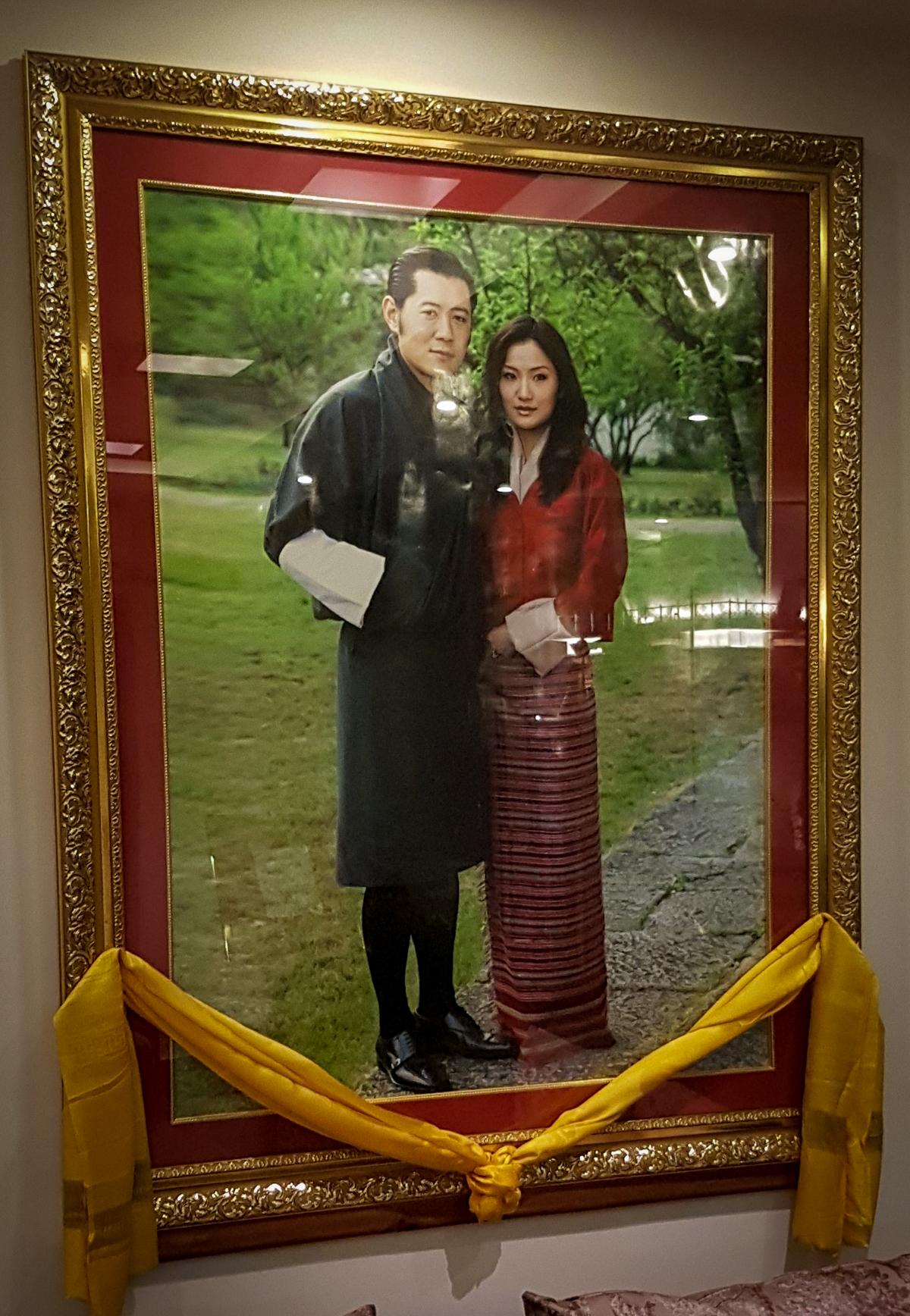

One of the many beautiful wall paintings told the story of the four harmonious animals. An elephant, a monkey, a rabbit and a bird are standing on top of each other. This common theme is about respecting each other regardless size and age.
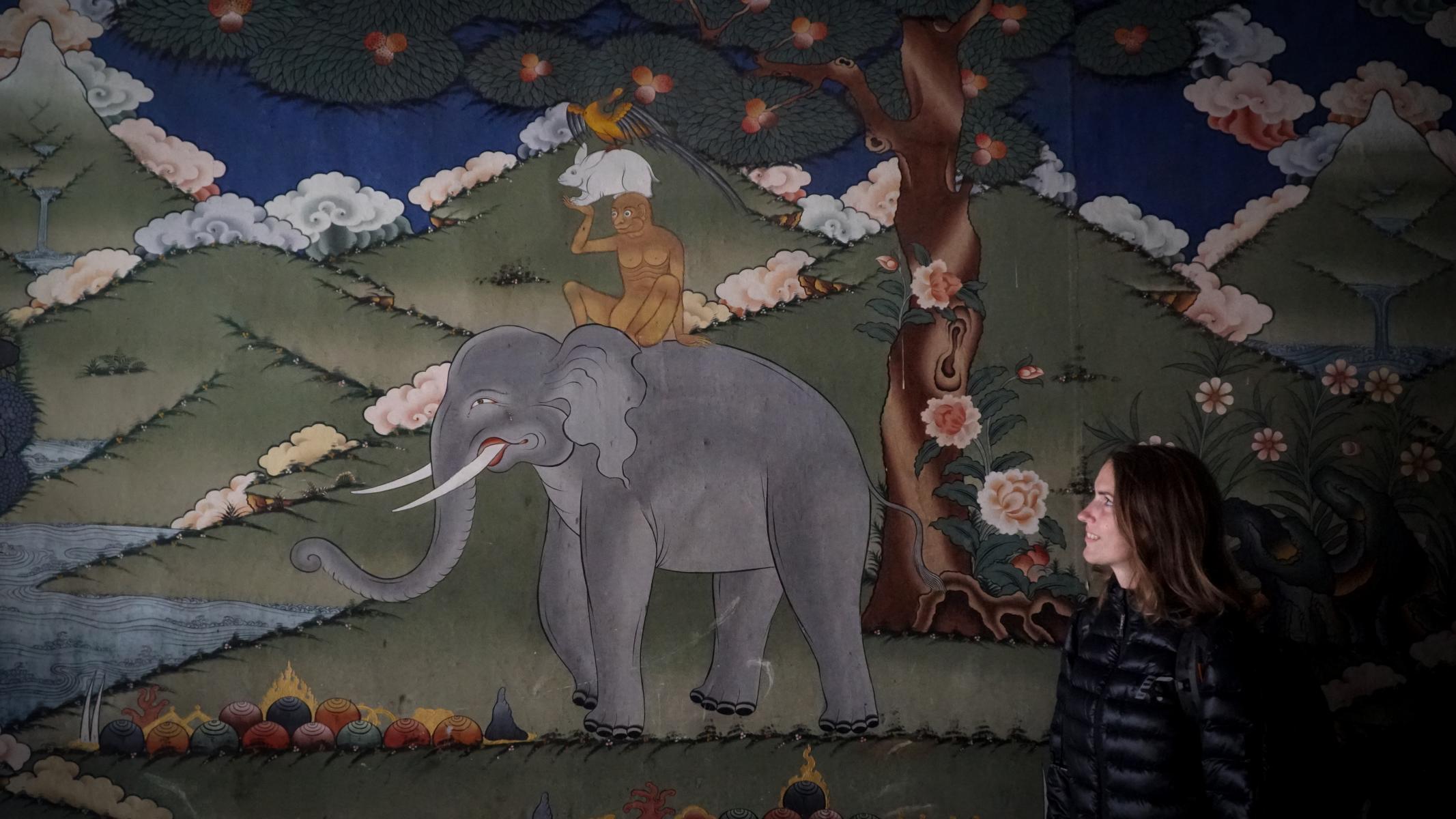
In the evening we went back to Thimphu, where we stayed next to a beautifully illuminated golden stupa.
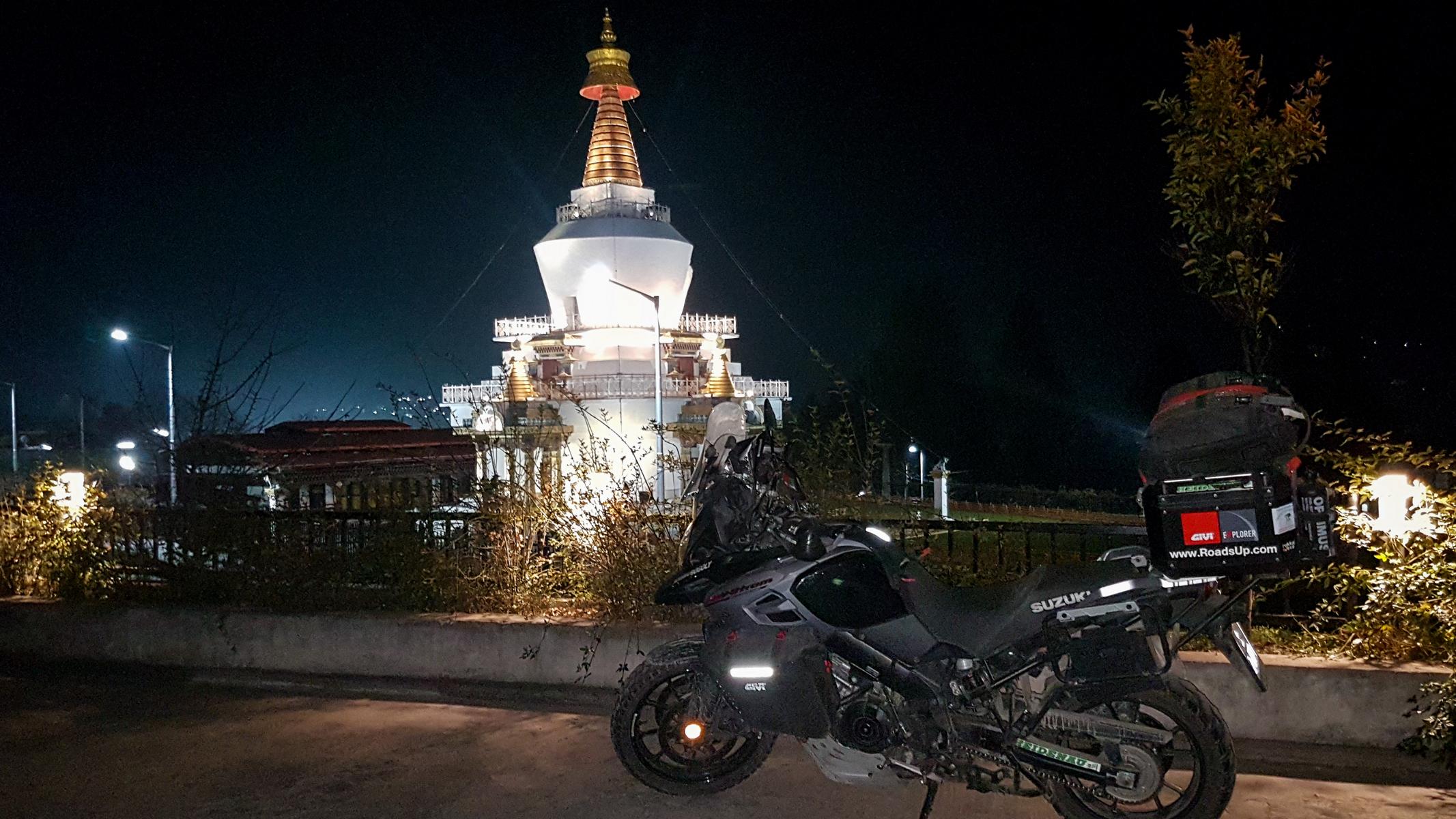
Day 3: Tiger’s nest monastery
Taktshang, better known as Tiger’s nest, is one of the best-known sights in Bhutan. Located in the cliffside of the mountain at 3.120 meters it is only accessible by foot after a few hours of walking. Horses can only go halfway. Legend says that guru Rinpoche was riding on a tiger’s back from Tibet to Bhutan. Taktshand is still a monastery nowadays.

Walking steep upwards for many hours felt much harder than imagined. Having caught a cold in Nepal we soon got out of breath, so we had to stop a few times. The good thing was that we could really enjoy the spectacular view during those breaks.

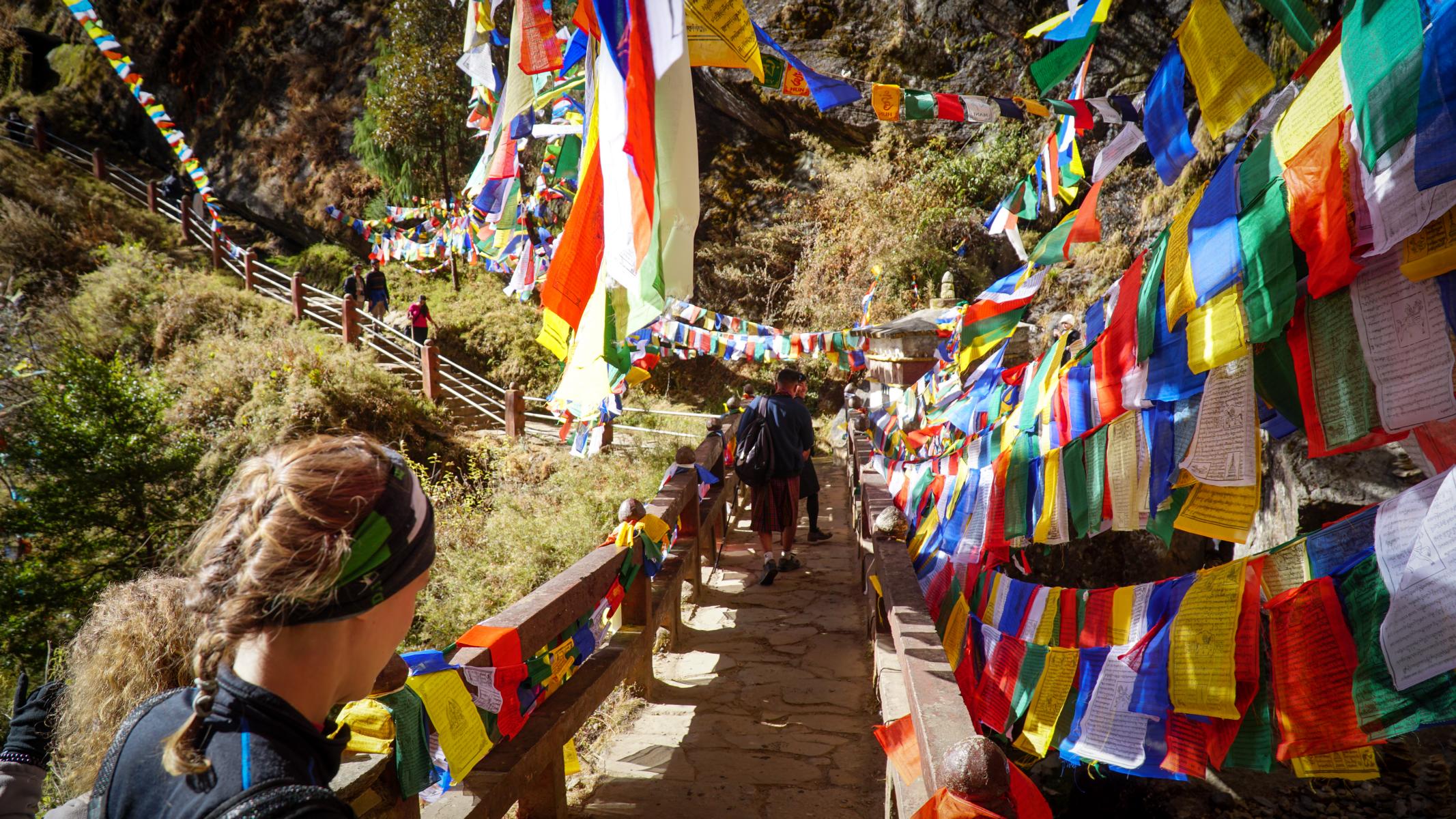
Inside the monastery we were not allowed to take any photos or videos. Before entering we had to take off our shoes like in any other Buddhist temple. Before 1998 the interior was lit by butter lamps. After a disastrous fire that destroyed many parts of the monastery the lamps are now stored in a separate room.
The descent was much easier. After a short time we were back at the motorbike. We spent our last night in Bhutan in a nice hotel in Paro.
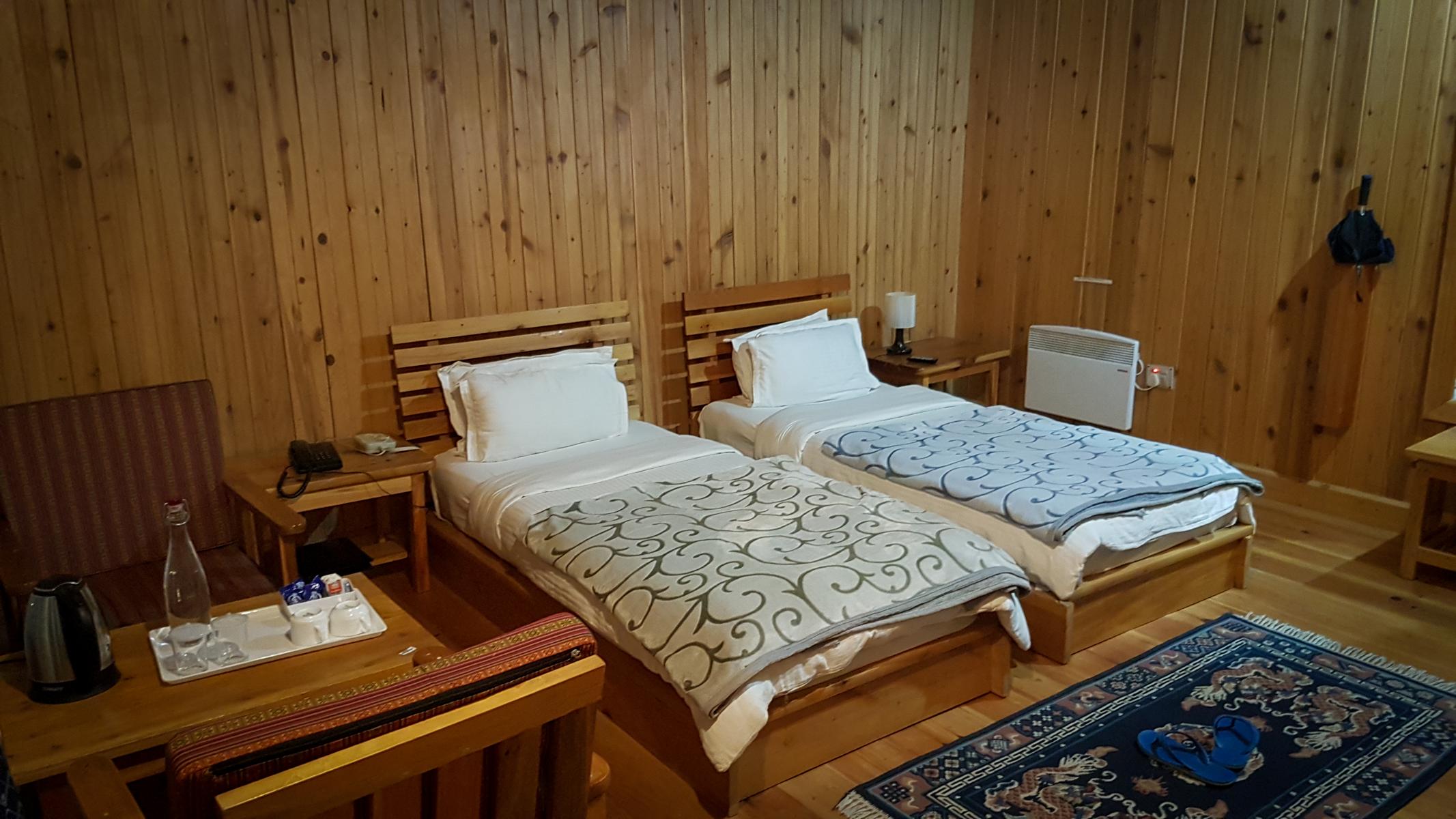
Day 4: Goodbye Bhutan
After three eventful days in Bhutan we had to leave the unique country again – a country were the first tourists arrived in 1974, where tobacco is forbidden and the first television programs were introduced in 1999 as the last country in the world. We enjoyed our ride back to Phuentsholing along panoramic roads and took many breaks to enjoy the scenery.
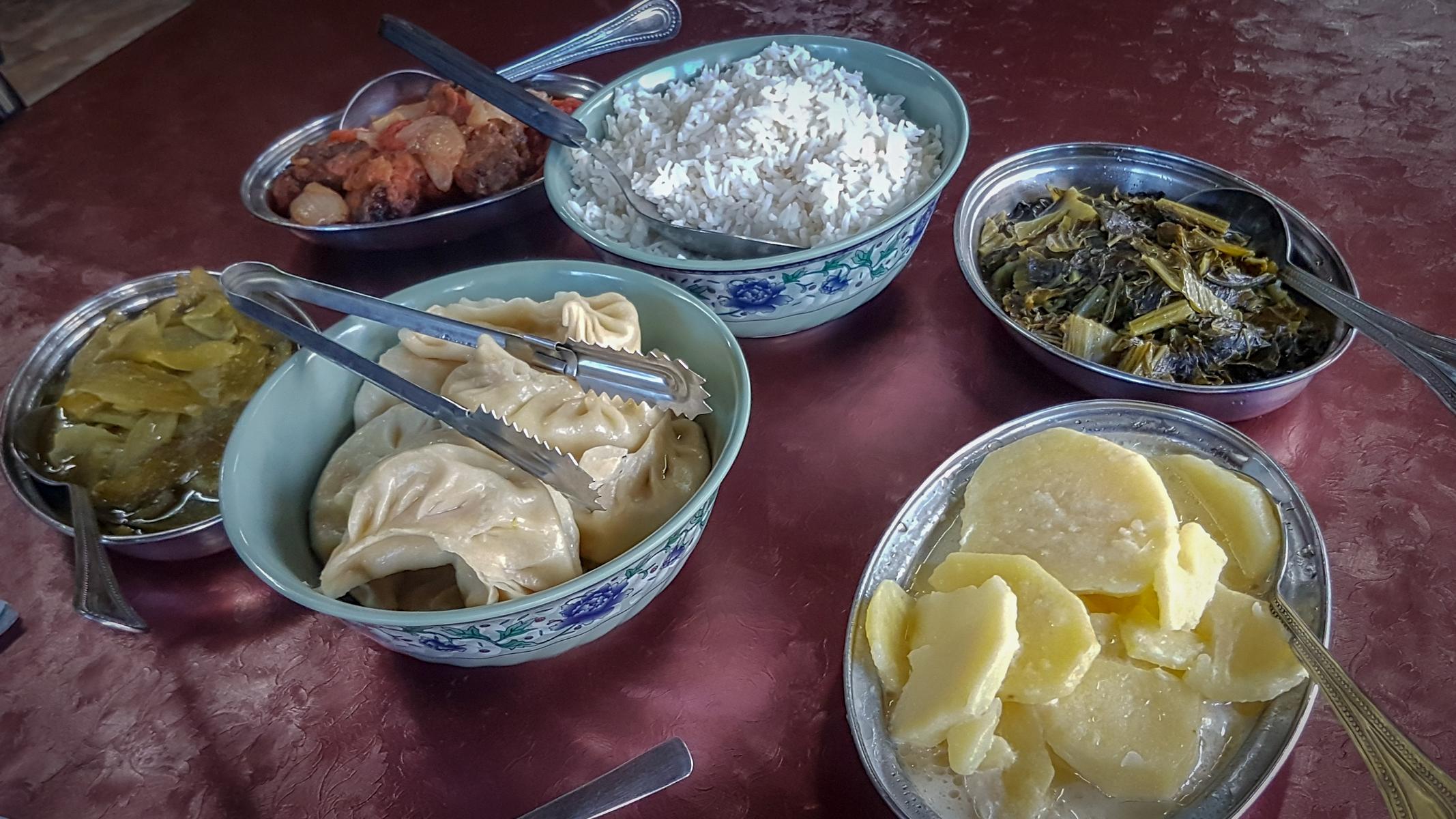

In summary we can say that even tough Bhutan is really expensive, it is definitely worth visiting.
Route
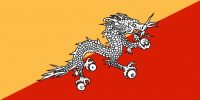
Info Box
Duration of stay
12 Dec 2018 – 15 Dec 2018
Travel company
A Bucket List adventure was very flexible and helped us to enter with our own bike.
(see bucketlistbhutan.com)
Documents
Following documents are needed to get a permit to enter with you own bike
– Copy of Vehicle registration
– Driving license
– Emission Tested Paper
– Insurance paper of the motorcycle (we just sent our Green Insurance Card and it was fine)
NO carnet de passages needed
Visa
Travel company gets visa in advance, we didn`t have to do anything. At the entry we got a stamp in our passports
Border crossing point Jaigaon (India) – Phuentsholing (Bhutan)
Cost
very expensive, but just possible with guide
172,50 USD per day
4 full days, 3 nights
including visa, permits, accomodation, all meals and drinks, entrance fees for attractions, private guide just for us, driver,…
Important Locations
immigration office (see on Google Maps)
RSTA – Road Safety and Transport Authority (see on Google Maps)
Weather
Coming from hot India the daily temperatures with about 13 °C was a nice change. In the night it got extremely cold and freezing in the mountainous regions.
Best experience
Visiting the Dochu La festival and seeing masked people dancing in front of the Himalayan range was an awesome experience.
Worst experience
Visiting the country is really expensive, so we could just stay for a short time.
Population
About 800.000 people
Religion
About 72 % follow Vajrayana Buddhism, which is also state-religion. 27 %, mostly immigrants from India and Nepal, are Hinduists. There are also small minorities of Muslims and Christians.
Currency
Ngultrum (symbol: Nu.; code: BTN) subdivided into 100 chhertum
Interesting fact
Both men and women are allowed to have more than one partner. Bhutan is one of the few countries where polygamy still exists.
Travel tip
Travelling on off-season from December to February is cheaper than travelling in the main season.

Accommodation
Timphu
Hotel Tashi Yoedling (chosen and booked by travel company)
Paro
Rema Resort (friendly staff; we slept in a seperate hut)

